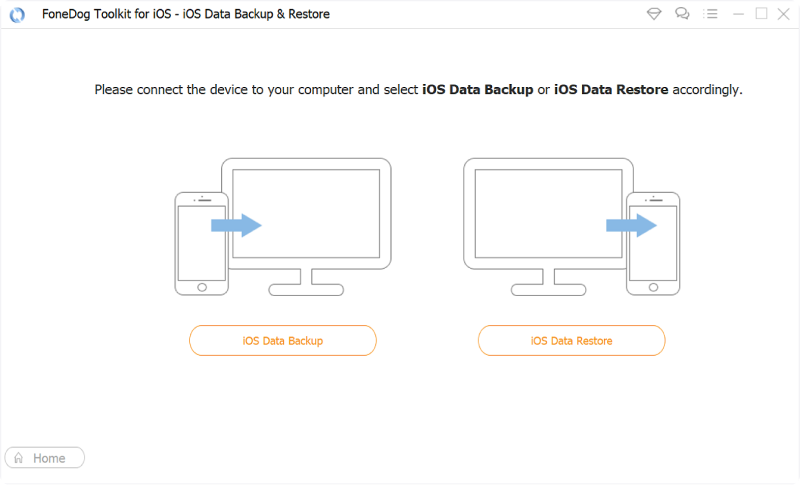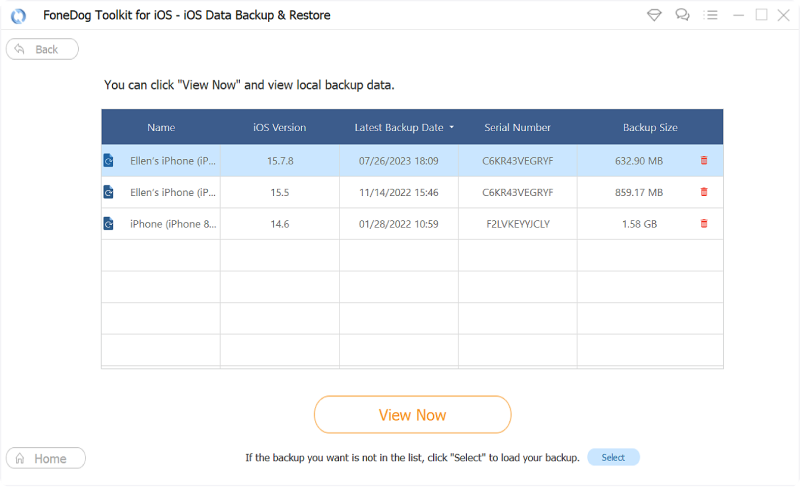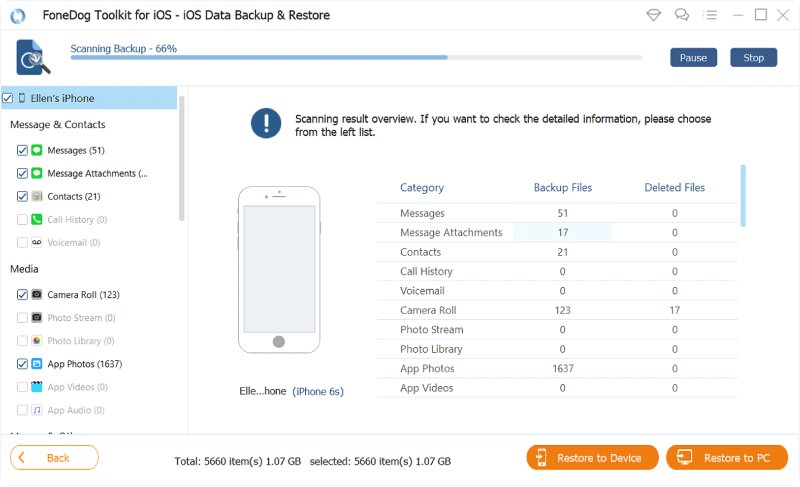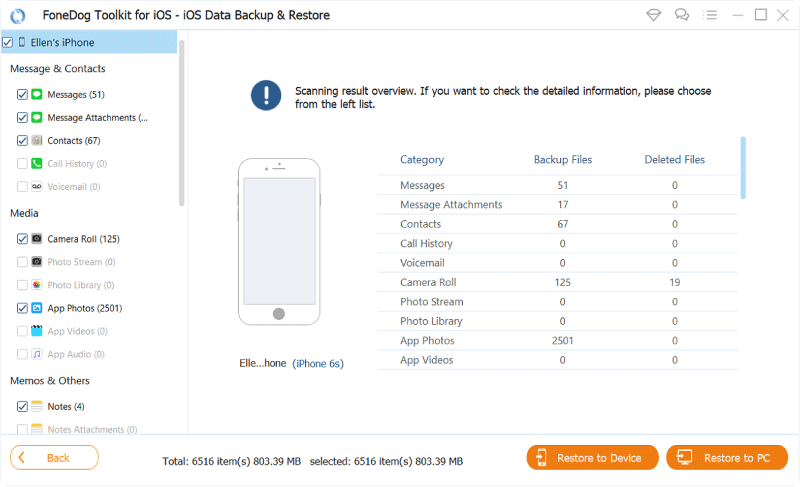

By Nathan E. Malpass, Last updated: August 24, 2018
"I seriously love traveling. It gives me a sense of happiness and I am awed by every view I come across with. I use my iPhone to take a lot of pictures when I travel. Now, I have mistakenly deleted some of my photos and it’s frustrating. I want to extract photo from iPhone backup. How do I do this?"
This is really a sad thing, but no problem, let’s tell you how to extract photos from iPhone backup.
Part 1. Some Things about Extracting Photos from iPhone BackupPart 2. The Easiest Way to Extract Pictures from iPhone BackupPart 3. Video Guide: How to Extract Photo from iPhone BackupPart 4. Conclusion
If you are an iPhone user, you might be aware of the fact that iTunes automatically creates a backup of your files whenever you sync your device with your computer’s iTunes app. When you mistakenly delete files on your iPhone, you can restore these files by using the backup file. It’s a very important feature Apple has created for its users.
Here’s another important fact. Once you extract the iPhone backup and then restore it to your Apple device, all data that currently exists on your Apple device (in this case, iPhone) will be removed. It will be replaced by the restored backup data (iTunes backup or iCloud backup). The iTunes backup file also cannot be read or accessed by anybody. That is, unless, you have restored the backup to your Apple device (e.g. iPhone).
But what if you want to keep your data on your iPhone? Plus, you want to restore the data from the backup file. Well, there is one way to do it with the best iPhone backup extractor. Of course, it contains iTunes backup and iCloud backup.
Related Articles:
Let’s start to extract photos from iPhone backup with the guide updated in 2019 below.
You can actually extract photo from iPhone backup if you want to. You can do it the easy way with a specific tool. The tool you can use to restore the photos from the iPhone backup is FoneDog’s iOS Data Backup & Restore tool. The said tool has the following features and advantages:
Here’s how to use FoneDog’s iOS Data Backup & Restore tool step-by-step:

After you have clicked iOS Data Restore, FoneDog Toolkit will show you all the backups you have. You will be able to see Name, iOS Version, Latest Backup Data, Serial Number, and Backup Size.
Select the backup file you want to preview.

Press the View Now button to preview the selected backup. FoneDog will start scanning the backup to check out the files contained within it. The progress of the scanning process will be displayed.
You can either press the Pause button to pause the process. Or, you can click the Stop button to finish the entire scanning process.
After the scanning process is complete, the files contained within the selected backup will be shown to you. You can preview all the files in it. From the left side of the screen, it will show various categories or classification.
Select a specific classification. If you want to restore photos, then select App Photos or Camera Roll or any other classification related to image.

Select the files you want to be restored from a particular classification. You can preview each also.
Click Restore To Device to restore your files to the Apple device (in this case, iPhone). Or, you can click Restore To PC to restore the files you selected to the Mac device or Windows PC.

Now, these are the steps you can use to restore your photos from your backup files. You can also restore other types of files (e.g. images, videos, contacts, messages, notes) if you want from these backups using FoneDog’s iOS Data Backup & Restore tool.
People Also ReadHow to Backup Music to iCloud? iPhone Won't Backup to iCloud? Here is How to Fix!
Photos are a great part of our lives, though it has been in 2020. It gives us the ability to relive special moments and allows us to reminisce the past. It brings us both sadness and joy. That’s why we have to take care of our photos.
Sometimes, though, you mistakenly delete photos on your device whether it be an iPhone, Android Smartphone, or an iPad, among others. This can be very frustrating especially if the photos are important ones. You may have iTunes backup and iCloud backup. But they both hard to preview the data.
If you have an iPhone and you deleted your iPhone photos, you’re considered lucky. There are backups of your files because Apple has created this feature for important purposes. Thus, your iPhone photos can still be restored through this backup.
How do you do this? Well, through FoneDog’s iOS Data Backup & Restore tool. The said tool has numerous advantages and features. It can backup your data in just a few clicks. But most importantly, it can restore files from backups without wiping out the data on your devices and easily extract data from iTunes backup and iCloud backup.
Leave a Comment
Comment
iOS Data Backup & Restore
Back up your data to PC and selectively restore iOS data from backups.
Free Download Free DownloadHot Articles
/
INTERESTINGDULL
/
SIMPLEDIFFICULT
Thank you! Here' re your choices:
Excellent
Rating: 4.5 / 5 (based on 86 ratings)